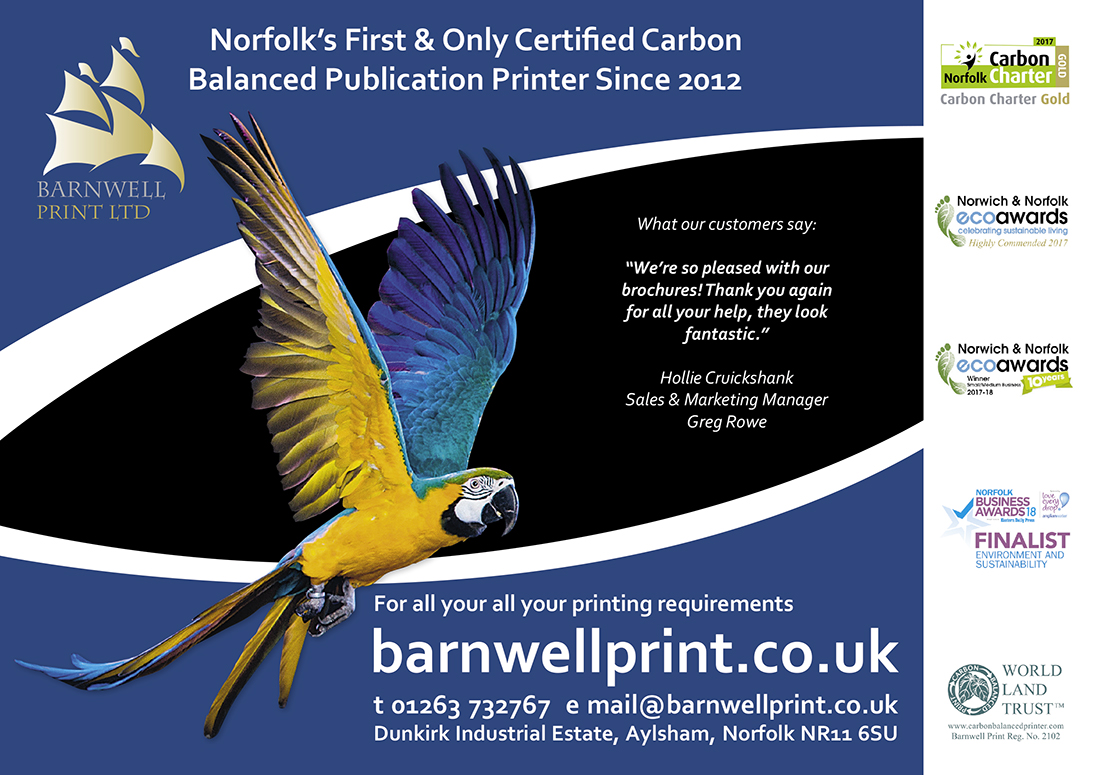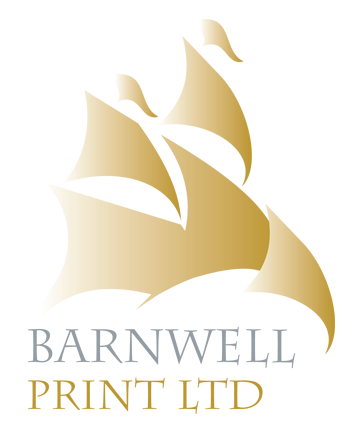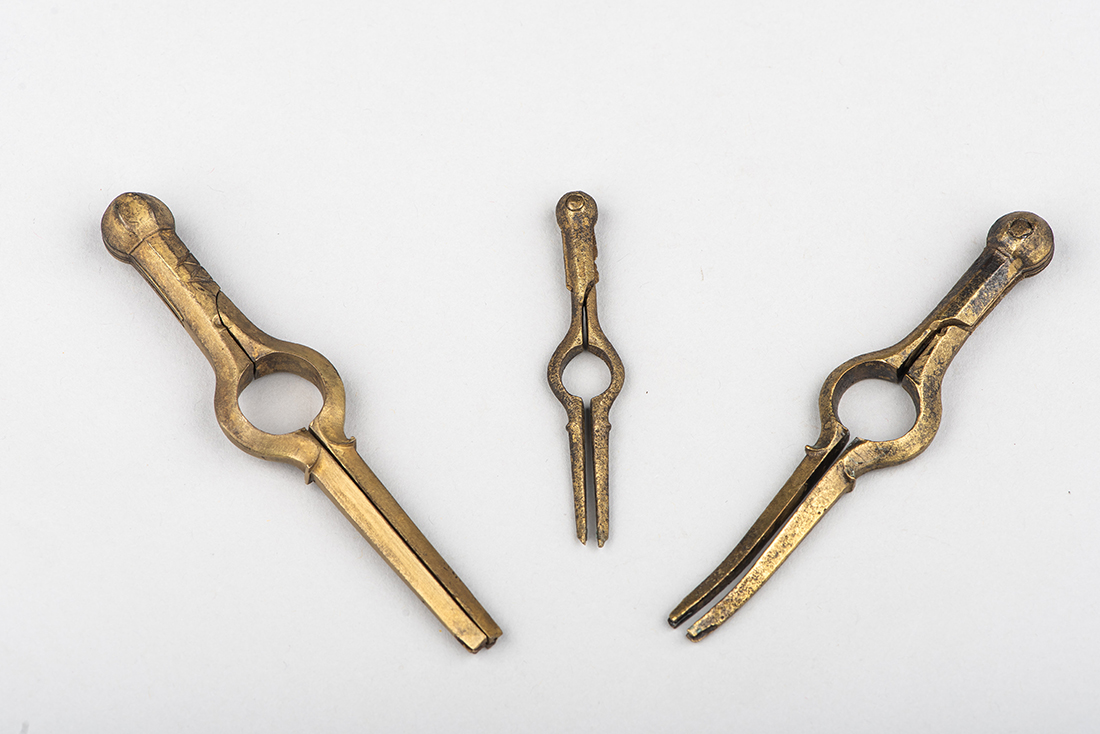Underwater footage of a 17th century royal shipwreck has been released ahead of a major exhibition opening this weekend exploring its last voyage.
The footage, filmed last summer by experienced divers and brothers Julian and Lincoln Barnwell, shows some of the remains of the Gloucester, which sank off the Norfolk coast in 1682 while carrying the future King of England and Scotland James Stuart, then the Duke of York. While the Duke survived, hundreds of passengers and crew lost their lives.
The ship is split down the keel and the remains of the hull are submerged in sand, but items including an anchor, rope and cannon are visible in the film, along with glass bottles. Also visible are fishing nets that have been lost over the years, which the team says highlights the ongoing vulnerability of the site.
It comes as final preparations are made for the launch tomorrow (February 25) of an exhibition, The Last Voyage of The Gloucester: Norfolk’s Royal Shipwreck, 1682, at Norwich Castle Museum.
On display for the first time are artefacts rescued from the wreck, including clothes and shoes, navigational equipment and personal possessions. The exhibition is co-curated by the University of East Anglia (UEA) and Norfolk Museums Service.
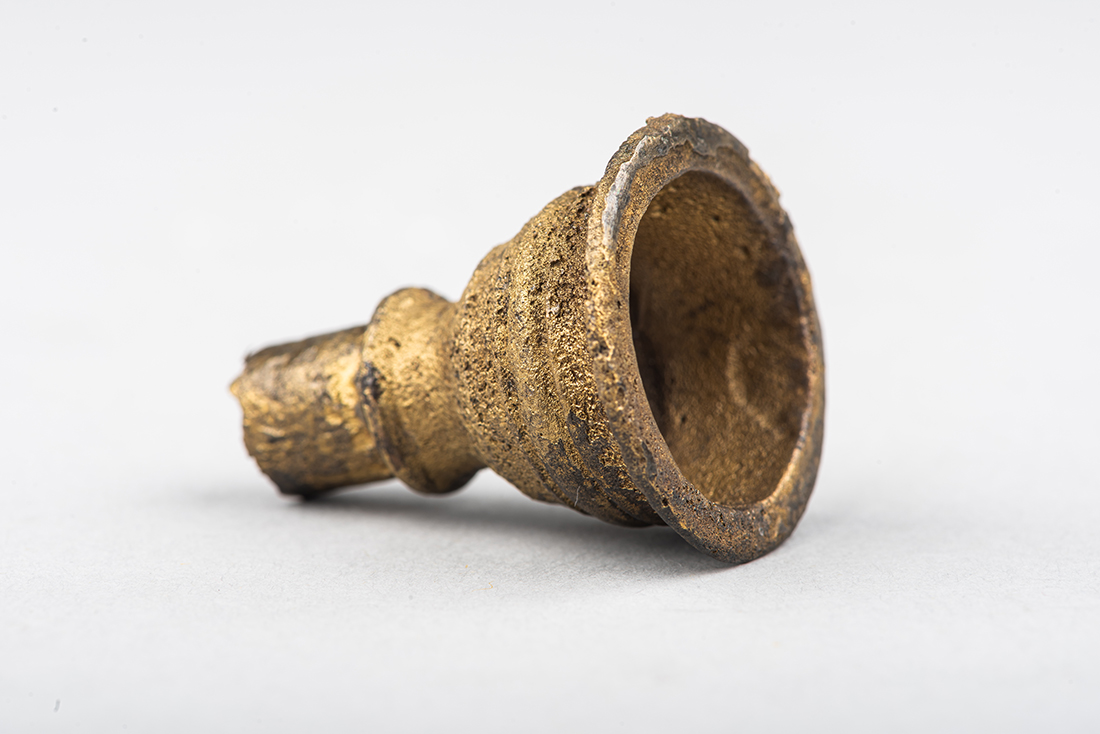
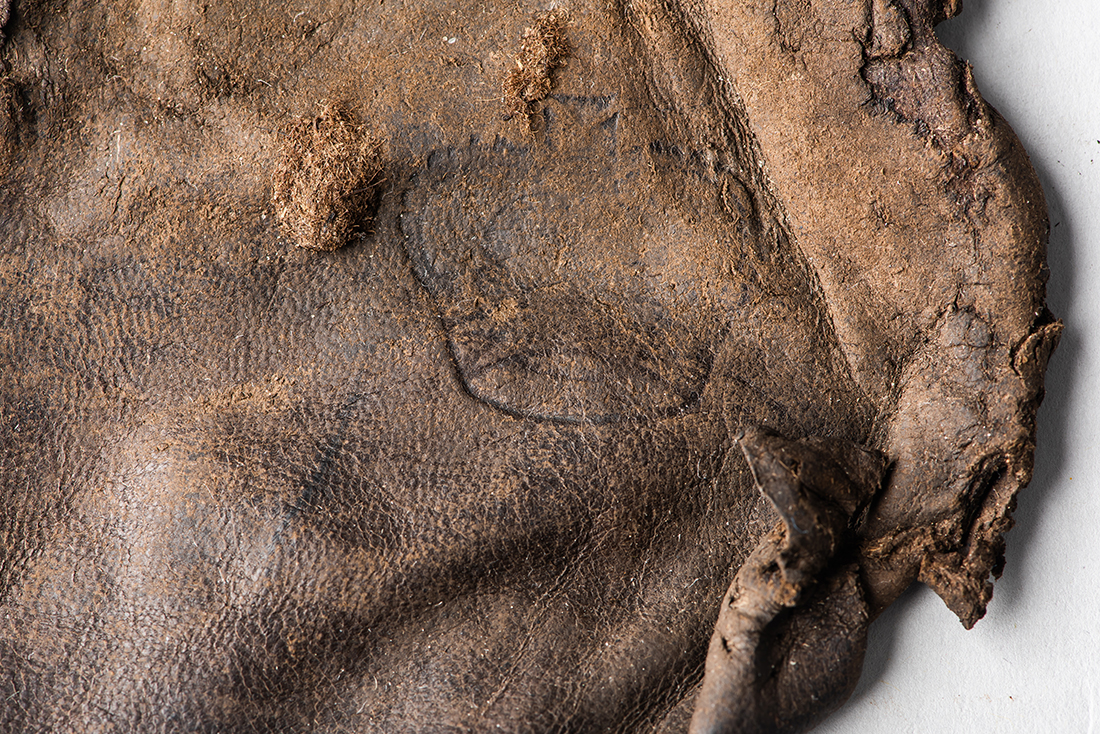

Some of the footage released today forms part of a film produced for the exhibition exploring the discovery of the wreck. It also features Garry Momber and Brandon Mason of the Maritime Archaeology Trust conducting photogrammetry of the wreck to produce a 3D model, which will give visitors a diver’s-eye interactive tour of the site. Mr Momber describes the wreck as the “most significant” they have ever dived.
After running aground on a sandbank on May 6, 1682, no-one knew the Gloucester’s exact whereabouts until it was found in 2007 by the Barnwells and their friend, retired ex-Royal Navy submariner and diver James Little. The ship’s identity was confirmed in 2012 and its discovery was made public in June 2022.
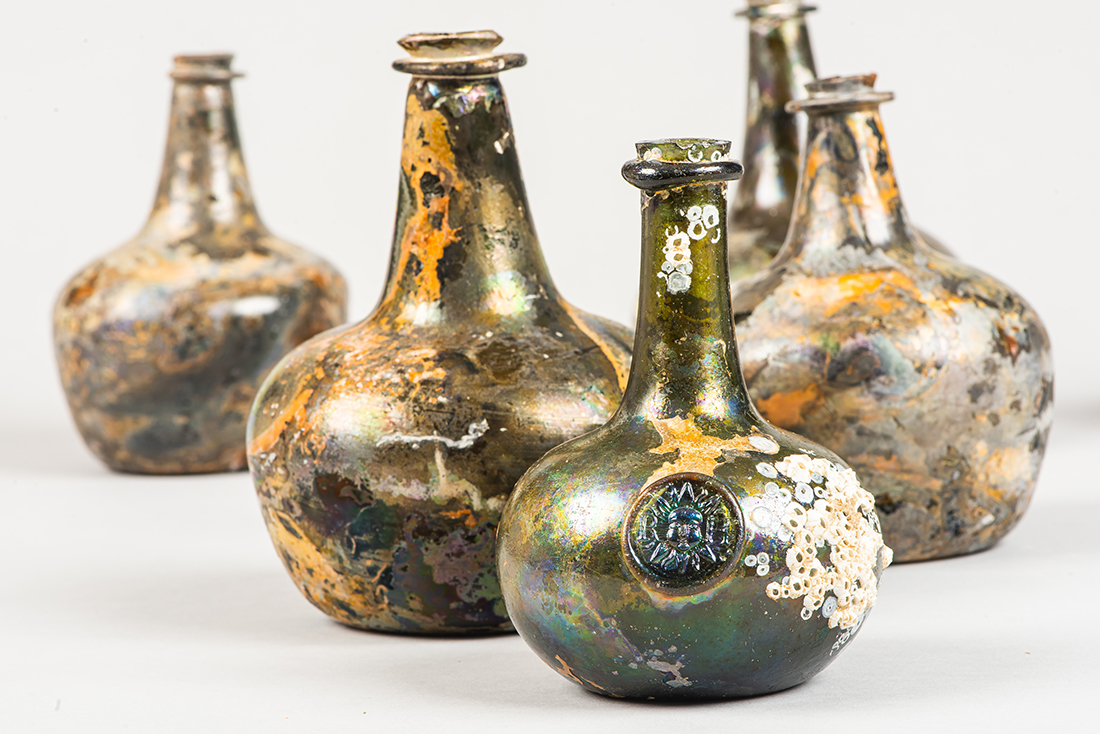
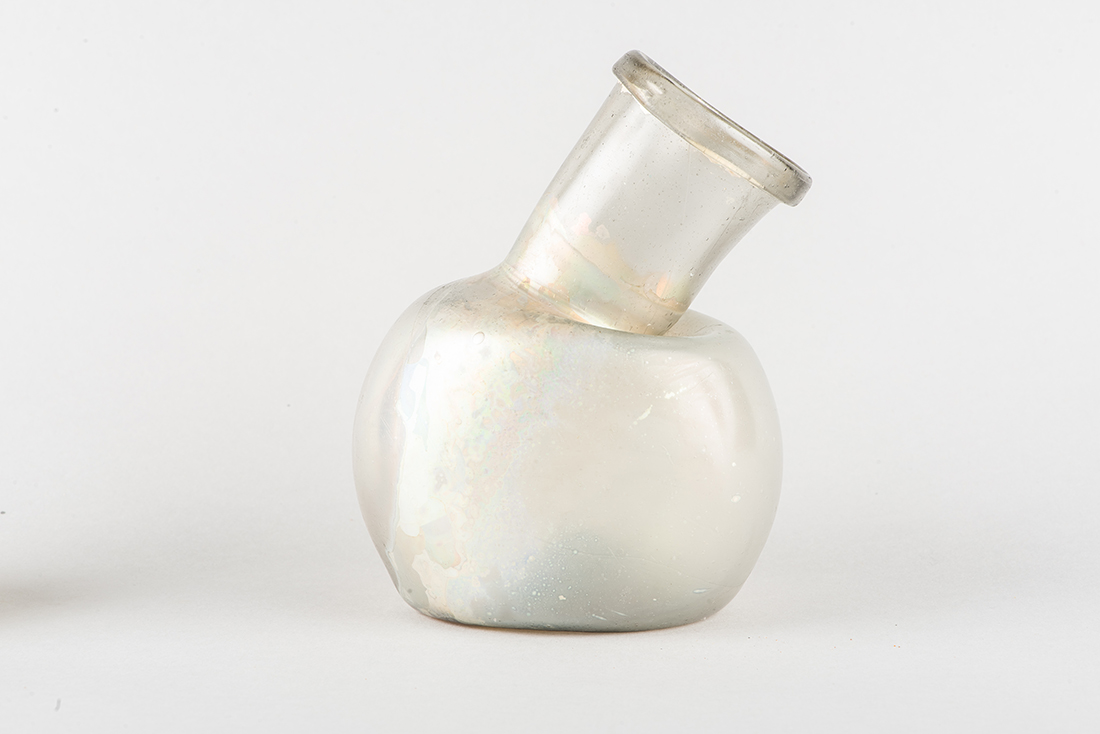
Lincoln said: “We’re delighted to be able to share these glimpses of the wreck site, more of which visitors will be able to see in the exhibition, and excited to share the rescued artefacts for the first time with the public.
“The footage also highlights how vulnerable the wreck is, with fishing nets visible, and artefacts exposed on the surface of the seabed. This dynamic wreck site is clearly ‘at risk’ and there is a real urgency to secure the heritage of the Gloucester and the connected artefacts.”
Julian added: “The discovery of the Gloucester has been an incredible adventure for all three of us, and we feel very honoured that its story is being told in such a professional and detailed manner.
“We are confident that anyone who visits the exhibition will come away with a better understanding of the events of May 6, 1682, and not only their historical and political impacts, but also the human impact on the individuals involved.”
As the academic partner in the Gloucester shipwreck project the research is being led by UEA maritime history experts Prof Claire Jowitt and Dr Benjamin Redding.
Prof Jowitt said: “Until now, only a handful of people have been able to see what the Gloucester wreck site looks like. This footage, together with the artefacts and ongoing historical research, will help underline the importance of Britain’s maritime heritage to our island story.”
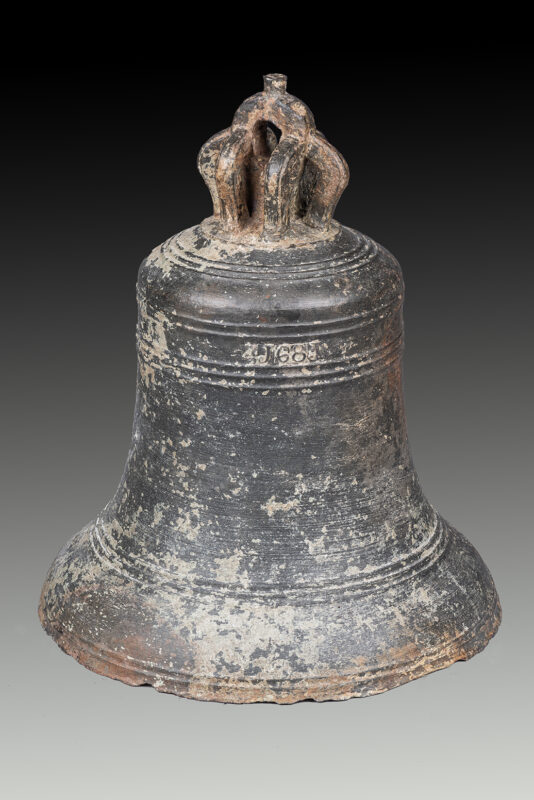


Looking to the long-term future, the project team is in the process of forming a new charity, ‘The Gloucester 1682 Charitable Trust’. Chaired by General the Lord Dannatt, Norfolk Deputy Lieutenant and former head of the British Army, the trust will explore the possibility of a permanent museum in the coastal town of Great Yarmouth, provide governance and project support, and fundraise for further fieldwork and conservation.
“We are incredibly excited about the exhibition and the future of the Gloucester project,” said Lord Dannatt. “We hope people will go along, experience the artefacts first-hand, and embrace the history of this important ship.
“This is also only the beginning. We’re keen to keep the public interest going beyond the exhibition as the project evolves and we plan to secure the legacy of Norfolk’s Mary Rose.”
The exhibition reveals the story of the ship’s ill-fated final journey and the painstaking work to retrieve, conserve and research some of its artefacts, including wine bottles, spectacles, clay pipes, navigational tools, textiles, and the ship’s bell.
A specially commissioned animation examining the circumstances leading to the ship’s sinking has also been produced and is one of the digital elements alongside the film and 3D dive-through.
Commenting on the work to survey the wreck, Mr Momber, Director of the Maritime Archaeology Trust, said: “The deep water within which the site lies and the low visibility provided challenging conditions for site surveys. However, every minute spent underwater on such a historically important site was invaluable, allowing us to take almost seven thousand photographs during the diving mission in 2022 to record the wreck in fine detail, and enable the creation of a 3D model.
“Now the public can see through the murk to the collapsed ship on the seabed and gain an insight into the archaeological potential that remains. Significantly, we can also see the impact of shifting sands that are covering and uncovering different areas of the ship, exposing it to ongoing degradation.”
The Last Voyage of the Gloucester: Norfolk’s Royal Shipwreck, 1682, has been created by Norfolk Museums Service and UEA in partnership with Norfolk Historic Shipwrecks and The National Museum of the Royal Navy. It is sponsored by Adnams plc, Alan Boswell Group and Birketts LLP. The historical research underpinning the exhibition is funded by the Leverhulme Trust as part of a three-year project at UEA led by Prof Jowitt.
The Gloucester Project
The University of East Anglia’s project ‘The Wreck of the Gloucester: The Life and Times of a Seventeenth-Century Third-Rate Warship’ will produce a biography of the Gloucester frigate across its full career from 1654 to 1682.
Funded by The Leverhulme Trust (2021−24), the Gloucester Project is researching the life and times of the only surviving third-rate Cromwellian warship and aims to revolutionize understanding of the Gloucester’s unique significance at national and international levels. For more information see www.gloucestershipwreck.co.uk and follow the Gloucester Project on Twitter @gloucesterwreck
The Gloucester 1682 Charitable Trust
By setting up a dedicated charity, The Gloucester 1682 Charitable Trust, the Barnwell brothers and James Little, and the many experts who have contributed to the planning and management of the project, as well as the patrons who have supported its development, aim to raise awareness of the Gloucester and its importance. The Trust will be chaired by General Lord Richard Dannatt GCB, CBE, MC, DL. With distinguished boards of advisors and experts in all relevant fields working closely with MOD, Historic England and the National Museum of the Royal Navy, the Trust aims to secure the heritage future of the Gloucester 1682 and the connected artefacts by fundraising to develop a permanent home in Great Yarmouth. The Gloucester could indeed become Norfolk’s Mary Rose.
Norwich Castle Museum & Art Gallery
One of the city’s most famous landmarks, Norwich Castle was built by the Normans as a Royal Palace over 900 years ago and spent at least 500 years as the county prison. It is now a museum and art gallery and home to some of the most outstanding collections of fine and decorative arts, archaeology and natural history, not only in the region, but the country. Norwich Castle Museum & Art Gallery is part of Norfolk Museums Service, a multi-award-winning service comprising ten museums and a study centre. NMS is now regarded as one of the leaders in the museum sector and since April 2018 has been a National Portfolio Organisation for Arts Council England. It is also a recipient of major support from the National Lottery Heritage Fund, in particular the current Norwich Castle: Royal Palace Reborn project to transform the Castle’s Norman Keep. Norfolk Museums Service is a partnership between Norfolk County Council and Norfolk’s district councils, funded through council tax, earned income and grants. www.museums.norfolk.gov.uk
The University of East Anglia
(UEA) is a UK Top 30 university (Sunday Times, Guardian, Complete University Guide) and is ranked in the UK top 20 for research quality (Times Higher Education REF2021 Analysis). It also ranks in the UK top 10 for impact on Sustainable Development Goals and UK top 25 in the Graduate Outcomes Survey. Known for its world-leading research and good student experience, its 360-acre campus has won six Green Flag awards in a row for its high environmental standards. The University was awarded Gold in the Teaching Excellence Framework and is a leading member of Norwich Research Park, one of Europe’s biggest concentrations of researchers in the fields of environment, health and plant science. www.uea.ac.uk
Barnwell Print Ltd
Norfolk’s first and only certified carbon balanced printer since 2012. Superior H-UV quality magazine printing at great prices, with exceptional service as standard. Get your quote today! Barnwell Print are Environmental Innovation finalists in the Broadland and South Norfolk Business Awards 2023!
